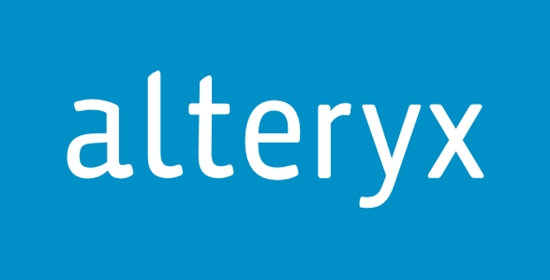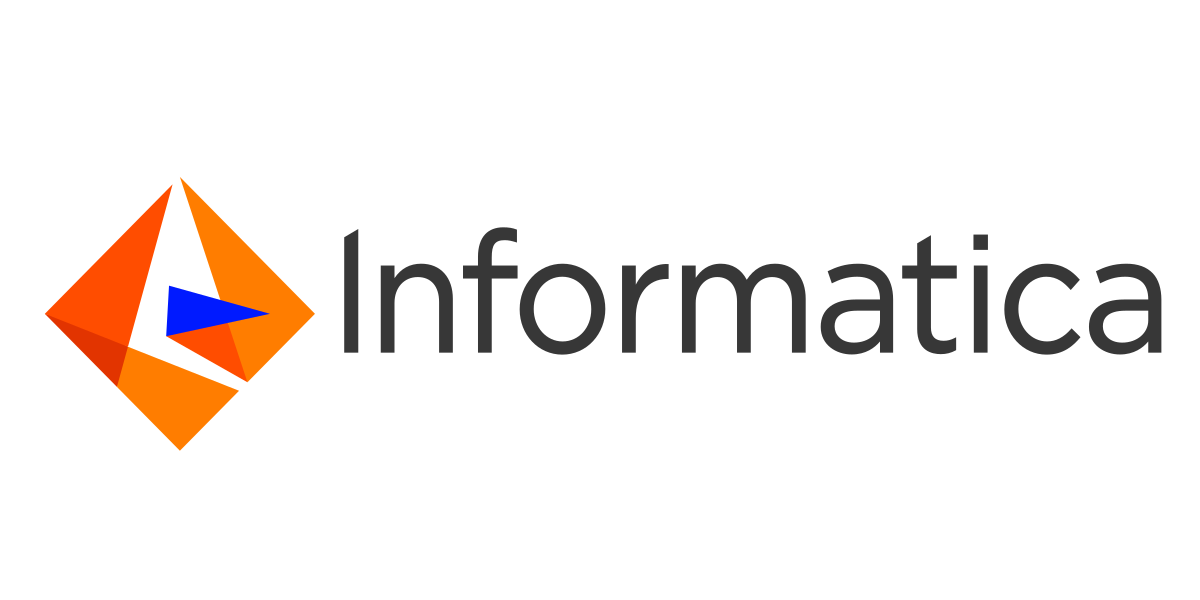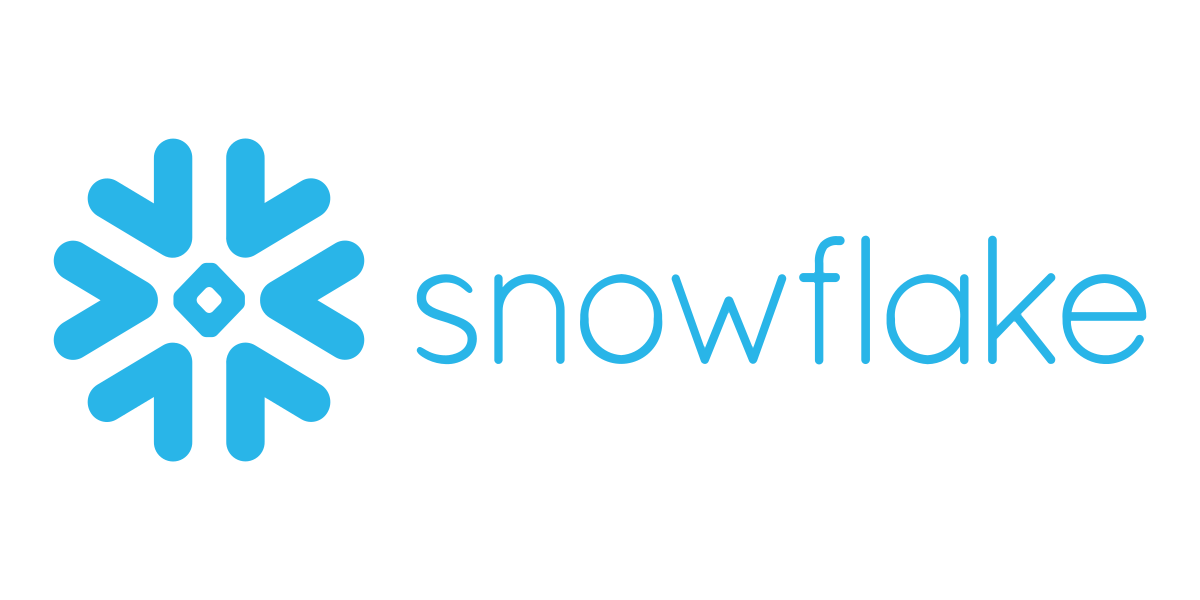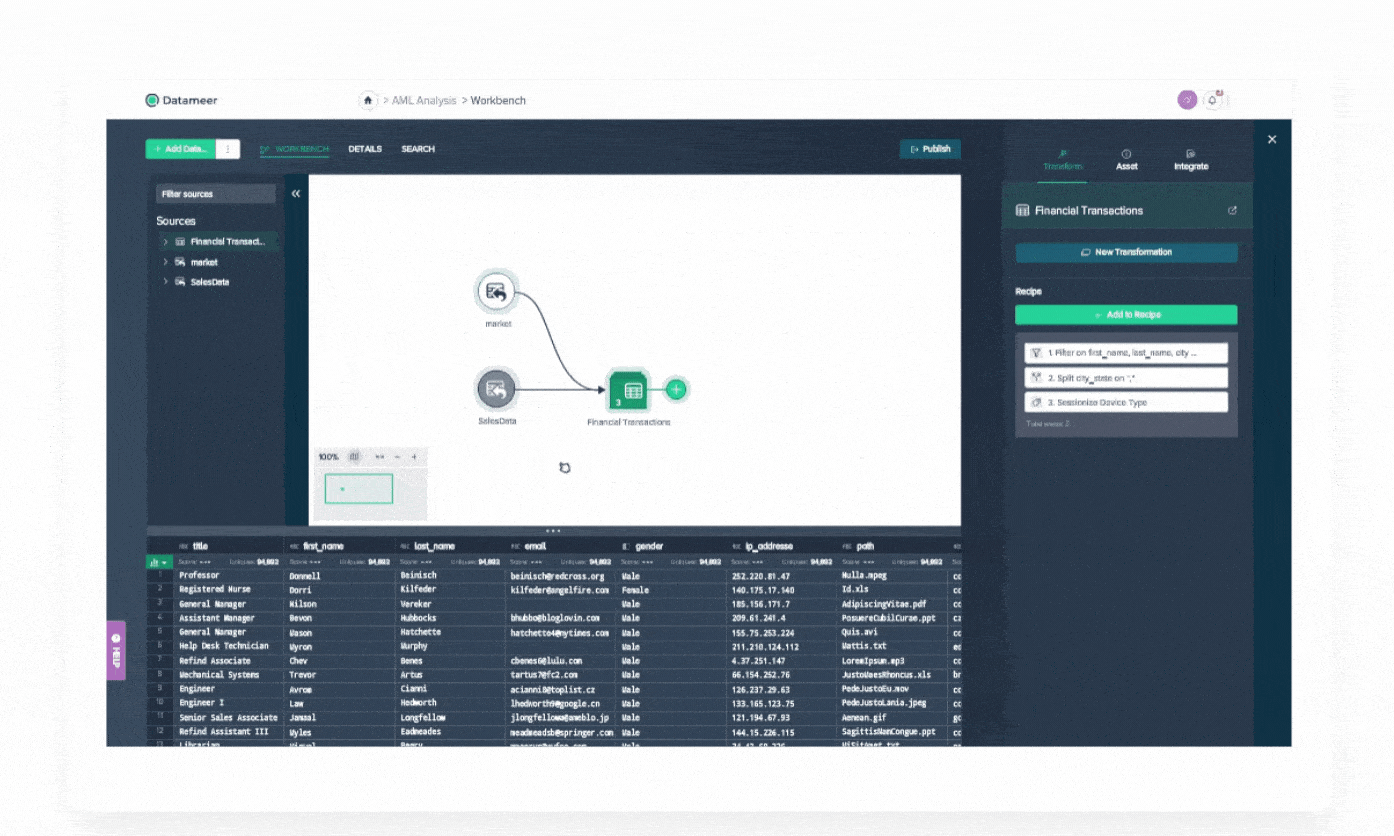Building a Solid Foundation: Exploring the Key Components of Enterprise Data Architectures
- Ndz Anthony
- February 23, 2023

Enterprise Data Architecture (EDA) is the backbone of any organization’s data strategy. It’s like the human body’s nervous system; it controls the flow of information and ensures that it’s accurate, consistent, and accessible to the right people at the right time. Without a well-designed EDA, an organization can quickly become overwhelmed by data silos , inconsistent definitions, and a lack of visibility into the data landscape.
But just like a building, an EDA cannot be designed overnight. It takes careful planning, execution, and maintenance to ensure it works at its best. And let’s be honest; it’s not always easy to make sense of all the technical jargon, so think of me as your data trainer (or Data-latest instructor, if you will) to help guide you through the process.
The importance of EDA cannot be overstated. It enables organizations to make better decisions, improve operational efficiency, and gain a competitive edge by leveraging data as a strategic asset. With the growth of data and technological advancements, having a solid EDA in place is more important than ever.
In this article, we’ll dive deep into the key concepts of EDA, explore different data architecture frameworks, and discuss best practices for implementing and maintaining an EDA. So, whether you’re new to the field or a seasoned pro, grab a notebook (or a whiteboard if you’re feeling fancy), and let’s begin designing the ultimate EDA!
Why You Should Care About an Enterprise Data Architecture
Your company stands to gain in several ways by adopting an effective enterprise data architecture. To name a few of them:
1. Improved Data Quality: Data governance and management processes will ensure your data is accurate, consistent, and compliant with legal and regulatory requirements. Think of it as a sidekick for your data!
2. Increased Efficiency: Data warehousing and integration technologies will streamline data acquisition, storage, and maintenance.
3. Enhanced Decision-Making: Data analytics and visualization tools will provide insights and knowledge to support better decision-making and strategic planning. Your data will be your own personal Oracle!
4. Greater Business Agility: An EDA will provide a flexible and scalable foundation for data-driven initiatives, allowing organizations to respond quickly to changing business needs. It’s like having a data-driven version of the Hulk!
5. Reduced Costs: An EDA can lower operational costs by improving data quality and reducing the need for manual data entry and processing.
Implementing Enterprise Data Architecture: A Guide to Success
Okay, so you’re sold on the benefits of an EDA, but how do you implement one? In this section, we’ll review some best practices and suggestions for successfully implementing an Enterprise Data Architecture. Remember, there’s no one-size-fits-all solution, but these tips can help ensure a smooth and effective rollout.
1. Start with a clear vision and strategy. Before you begin any implementation, it’s important to clearly understand what you want to achieve and how you plan to get there. This will help guide your decisions and ensure everyone is working towards the same goal.
2. Involve all stakeholders . A successful Enterprise Data Architecture implementation requires buy-in from all stakeholders, including IT, business units, and senior management. Ensure that everyone is aware of the goals and benefits of the implementation and that their concerns and feedback are heard.
3. Choose the right technology . With so many available options, it’s important to carefully evaluate and choose the technology that best fits your needs and requirements. Consider factors such as scalability, security, and ease of use.
4. Plan for data governance. Good data governance is key to ensuring the success of your Enterprise Data Architecture implementation. Ensure you have a plan for managing and maintaining data quality, security, and accessibility.
5. Iterate and adapt. Enterprise Data Architecture is a continuous process, not a one-time event. Be prepared to iterate and adapt as you go, taking into account feedback and lessons learned.
With these tips in mind, you’ll be well on your way to a successful Enterprise Data Architecture implementation!
Keeping Your Enterprise Data Architecture Fresh!
Congratulations, you’ve successfully implemented an EDA! But just like a fine wine, your EDA needs to be properly cared for to reach its full potential.
First, you’ll need to establish a governance structure for your EDA. This is like having a sommelier for your data. They’ll ensure that your data is stored, managed, and used in a way that aligns with your organization’s goals and objectives.
Next, you’ll need to continuously monitor and improve your EDA. It is like having a wine critic taste your data. They’ll provide feedback on its quality and make suggestions for improvement. You can use data quality software and profiling tools to help with this.
Keeping up with the most recent technology and best practices is also crucial for EDA maintenance. This is your chance to try out cutting-edge data management tools and see if they fit your enterprise data architecture (EDA).
And last but not least, don’t forget to have fun! An EDA is a living, breathing entity; treating it as such is important. So, let your hair down and enjoy the fruits of your labor, just like a glass of wine with a good meal.
Real-World Examples: How Companies are Putting Enterprise Data Architecture into Action
In theory, enterprise data architecture is all good, but how does it play out in the real world? Let’s take a look at a few examples of companies that are putting this concept into action.
First up, we have Netflix . The streaming giant has built a data architecture that allows it to make personalized recommendations to every 150 million subscribers. By using data from various sources, including user viewing history, search data, and more, Netflix can give each subscriber a tailored experience. Talk about a binge-worthy data architecture!
Another example is Amazon . They use data architecture to optimize their supply chain and logistics operations. They can track millions of products and orders through their warehouses and delivery fleets, allowing them to quickly and efficiently get the right products to the right customers. They can predict your shopping habits before you even know them yourself!
And last but not least, we have Uber . They have built a data architecture that allows them to match millions of riders with drivers in real-time. By tracking data on traffic patterns and driver availability, they can ensure that each ride is as efficient and smooth as possible. And who doesn’t love a smooth ride?
These are just a few examples of companies using enterprise data architecture to gain a competitive edge. They can make better decisions and drive growth by leveraging data in smart and efficient ways. So, it’s not only about the data itself but how you use it!
Top 6 Tools for Streamlining Your Enterprise Data Architecture
As we near the end of our journey in understanding Enterprise Data Architecture, it’s time to consider the tools that can help you streamline and optimize your own EDA. While many options are available, we’ve compiled a list of our top 10 picks to help get you started.
- Talend – For businesses, Talend’s ability to collect, integrate, and manage data from any source makes it an indispensable tool. When it comes to data integration, data quality, and data management, Talend’s platform has you covered.

- Alteryx – Alteryx provides a powerful platform for data blending and advanced analytics. Alteryx’s intuitive drag-and-drop interface makes it easy for enterprises to integrate, cleanse, and analyze their data, helping them to make better decisions faster.

- Informatica – Regarding data integration, data quality, and data governance, Informatica is the first data integration platform to satisfy an organization’s needs. When looking for an EDA, the Informatica platform is highly recommended due to its scalability, adaptability, and user-friendliness.

- Apache Spark – Apache Spark is a fast and flexible data processing framework ideal for large-scale data processing and analytics. With Spark, you can process data in real-time, and it’s easy to integrate with other data analytics tools and platforms. Spark is a great choice for organizations looking to streamline their EDA and make the most of their data.

- Snowflake – Snowflake is a cloud-based data warehousing solution designed to help organizations of all sizes store, process, and analyze massive amounts of data. With its flexible architecture, Snowflake makes managing large amounts of data easy and gives you the power to make informed decisions about your data. It’s also designed to work hand-in-hand with Datameer so that you can get the most out of your data.

- Datameer -Understandably, you want to be sure that the data architecture solution you choose will solve your organization’s needs and problems. That’s why we’ve taken a closer look at Datameer to give you an idea of what makes it stand out.

Datameer is a SaaS solution that integrates with Snowflake to provide enterprises a comprehensive data architecture solution. But what exactly does this mean for you ?
Here are just a few of the benefits that make Datameer an excellent choice for your organization:
- User-friendly interface: Datameer’s intuitive interface makes it easy for data analysts and business users to work with big data. Whether you’re looking to visualize data, perform complex calculations, or generate reports, Datameer is designed to make your work as straightforward as possible.
- Integration with Snowflake: Snowflake is a leading cloud data warehouse. Datameer’s integration with Snowflake means you can take advantage of Snowflake’s powerful data warehousing capabilities while enjoying the benefits of a comprehensive data architecture solution.
- Robust security features: Datameer takes data security seriously, and its robust security features ensure that your data is always safe and secure. Whether you’re working with sensitive customer information or confidential business data, Datameer gives you the peace of mind to focus on your work.
- Scalable solution: Your data architecture needs will change as your organization grows. Datameer is a scalable solution that can grow with your organization, so you’ll never have to worry about outgrowing your data architecture solution.
These are just a few reasons Datameer is the right choice for your organization’s data architecture needs. With its user-friendly interface, robust security features, and seamless integration with Snowflake, Datameer is the solution to manage and make sense of your big data.


